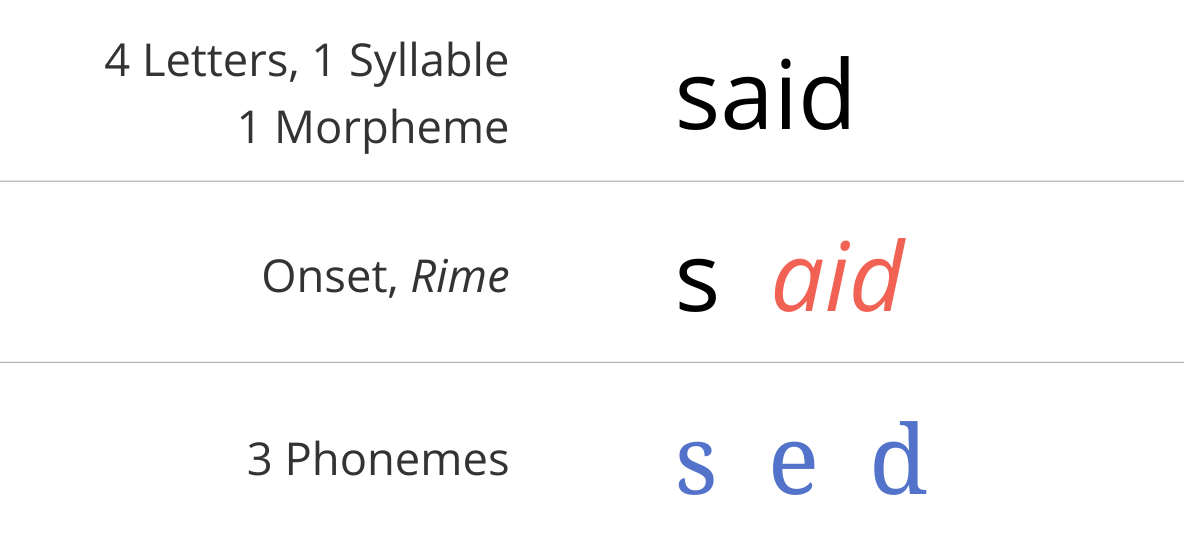Hint: the NCAA Transfer Portal
Compare the foundation of interdisciplinary Civics units to another interdisciplinary academic unit created in part to “solve” a campus problem: Black Studies (or African American Studies), protested into existence in the late 1960s. A strike founded San Francisco State’s College of Ethnic Studies in 1968, followed by calls across the country, including the armed occupation of Cornell’s Willard Straight Hall in 1969, which forced administrators to cede curricular authority to scholars and disciplines once excluded.
Black Studies undoubtedly solved the problem it was designed to: it pluralized the curriculum, diversified campuses across the country, supported new research and faculty lines. Universities took more seriously history and research questions overlooked or ignored. Students immediately flocked to the new courses (student newspapers talk of “overflow” and “standing room only”). Demand was never a problem. So by any account, Black Studies was successful.
Compare the trajectory of Civics, emerging largely from the South, flush with cash, with recurring public appropriations, protected status outside ordinary departmental vetoes, and a legislated mandate. Florida’s SB 266 not only created the Hamilton Center; it ordered every public campus to “prioritize instruction in Western and American political thought.” North Carolina’s trustees used the same language to justify the new center as did Ohio for the Chase Center and similar centers at other Ohio universities. These centers present themselves as having already inherited a canon – “great books,” “Western civilization,” the American founding.
